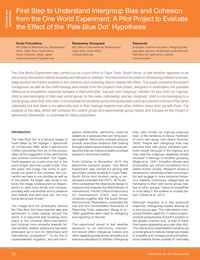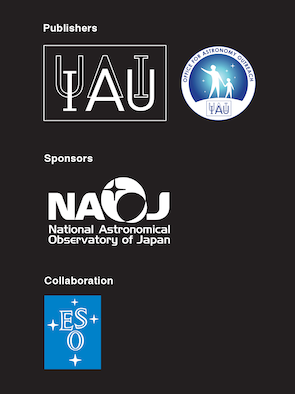
Download this article
- PDF (844 KB)
Back to the Table of Contents
|
First Step to Understand Intergroup Bias and Cohesion from the One World Experiment: A Pilot Project to Evaluate the Effect of the ‘Pale Blue Dot’ Hypothesis (page 26)
Kodai Fukushima, Ramasamy Venugopal
Keywords
Evaluation, science education, intergroup bias, prejudice, altruism, randomized controlled trial, Pale Blue Dot, astronomy, science communication
Summary
The One World Experiment was carried out as a pilot effort in Cape Town, South Africa, to test whether exposure to an astronomy intervention affects empathy and altruism in children. The intervention focused on introducing children to knowledge around the Earth’s position in the Universe and collecting data to assess the effect. This paper presents the project background as well as the methodology and results from the project’s first phase, designed to understand the possible difference in empathetic response between a child and other ‘ingroup’ and ‘outgroup’ children; for any child, an ‘ingroup’ child is one belonging to their own social group (in this case, nationality), and an ‘outgroup’ child is one belonging to a social group other than their own. It is found that the students across the study have a strong cohesion to those of the same nationality but that there is no nationality bias in their feelings towards how other children share their joy with them. Full analysis of the data, which will compare the control group and experimental group results and focuses on the impact of astronomy intervention, is underway for future publication.
|

